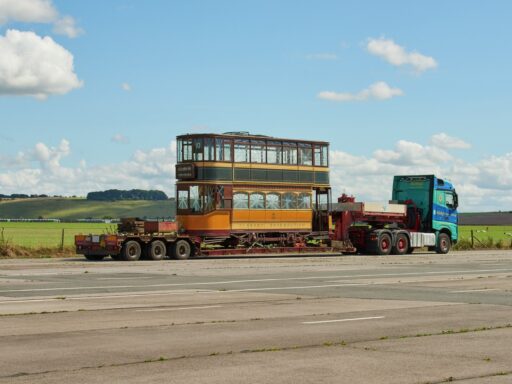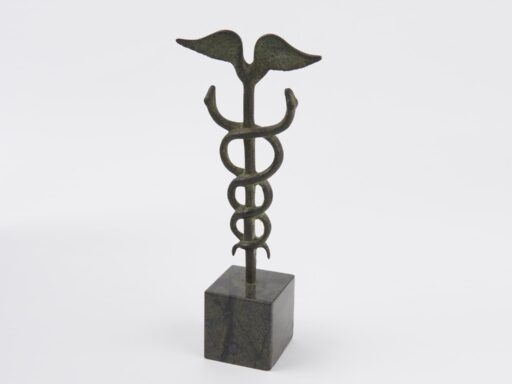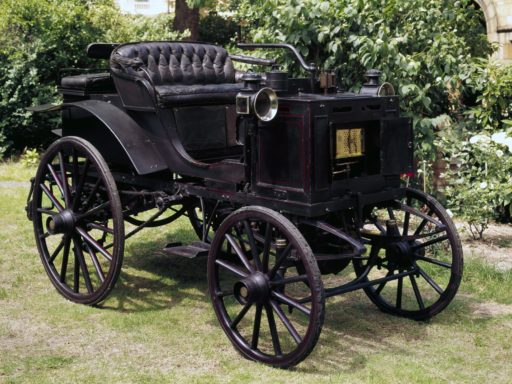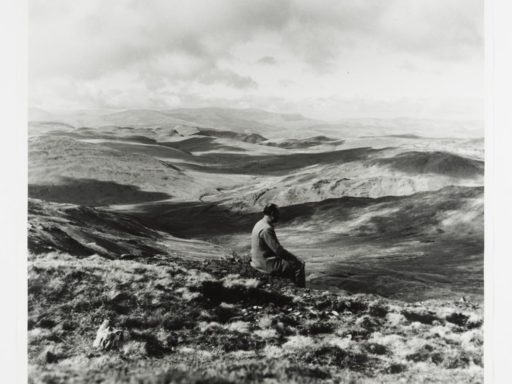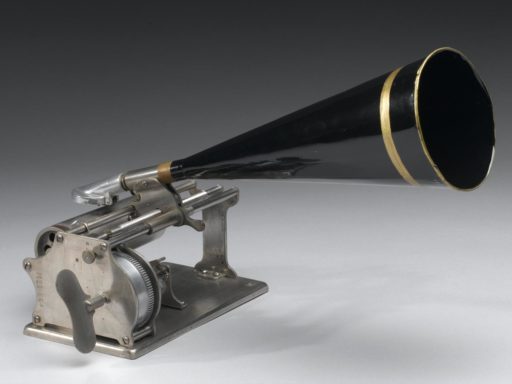
Where does the power in a punch come from? How did records in sport become something to be broken? How was the idea of the rematch invented? Scott Anthony, Deputy Head of Research and Public History, steps into the ring to explore the sweet science of boxing.

